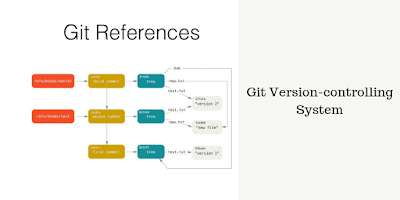What is Ansible? Why do we need to learn Ansible?
At present, there are many automation tools available in the market that automates multiples tasks such as :
Ansible is a very simple IT automation engine that automates provisioning, configuration, application deployment, and Intra-Service Orchestration. This tool is very simple to use yet powerful enough to automate many complex multi-tier IT applications
This software has several properties that make it easy and way powerful in the IT automation fields which are :
The ansible does not require that you must learn all the commands and syntaxes to accomplish a certain task but you just have to specify what state you want the system to be in and Ansible will completely look after it.
Why do we need to learn Ansible?
The server systems are the underlying foundation of our applications and thus, like our applications, they should be version controlled, tested and automated. As such we need to look for a configuration management tool that would solve our needs with automation in them.
Configuration management tools are not new, they have been around for some time, but their complexity always made their adoption a difficult process. This is where Ansible is far more powerful, it has made the learning curve easy enough so that it is easier to use Ansible than to do manual stuff or scripting of shell, even for local installations and configurations.
We these days use Ansible for any task or project that involves processes that require repetition and a consistent environment, such as provisioning of IoT devices and server infrastructure, application installation and configurations, and application deployment.
- System Configurations
- Software Provisioning
- Application Deployment
- Intra-Service Orchestration
Ansible is a very simple IT automation engine that automates provisioning, configuration, application deployment, and Intra-Service Orchestration. This tool is very simple to use yet powerful enough to automate many complex multi-tier IT applications
This software has several properties that make it easy and way powerful in the IT automation fields which are :
- Open Source Software
- Easy to use as it uses YML which is so easy to understand
- Written in python that makes it easy to understand
- It is agentless that means it does not require any software installed in the node system
- Highly Scalable
- Easy Installation and Configuration
The ansible does not require that you must learn all the commands and syntaxes to accomplish a certain task but you just have to specify what state you want the system to be in and Ansible will completely look after it.
Why do we need to learn Ansible?
The server systems are the underlying foundation of our applications and thus, like our applications, they should be version controlled, tested and automated. As such we need to look for a configuration management tool that would solve our needs with automation in them.
Configuration management tools are not new, they have been around for some time, but their complexity always made their adoption a difficult process. This is where Ansible is far more powerful, it has made the learning curve easy enough so that it is easier to use Ansible than to do manual stuff or scripting of shell, even for local installations and configurations.
We these days use Ansible for any task or project that involves processes that require repetition and a consistent environment, such as provisioning of IoT devices and server infrastructure, application installation and configurations, and application deployment.




Comments
Post a Comment